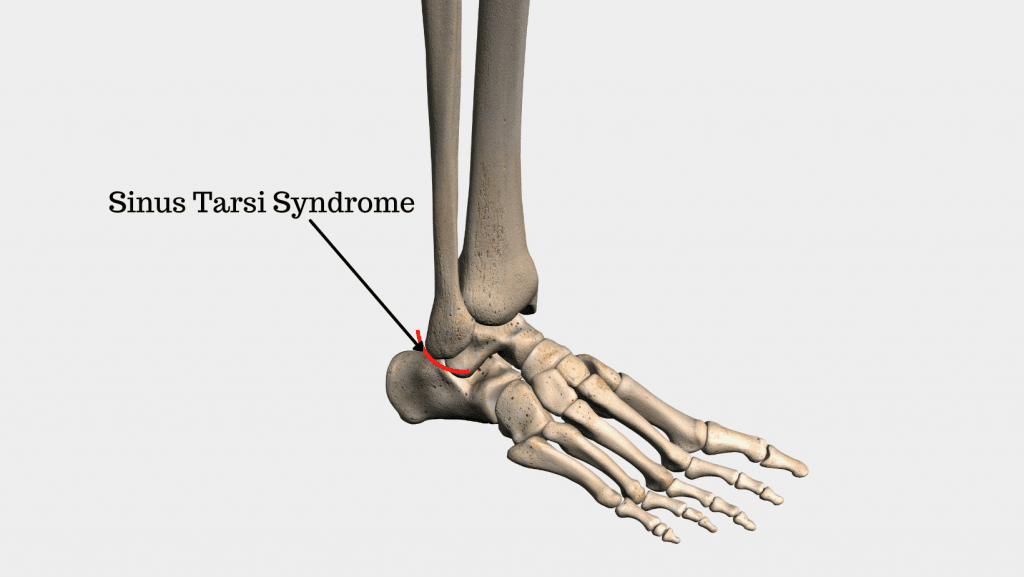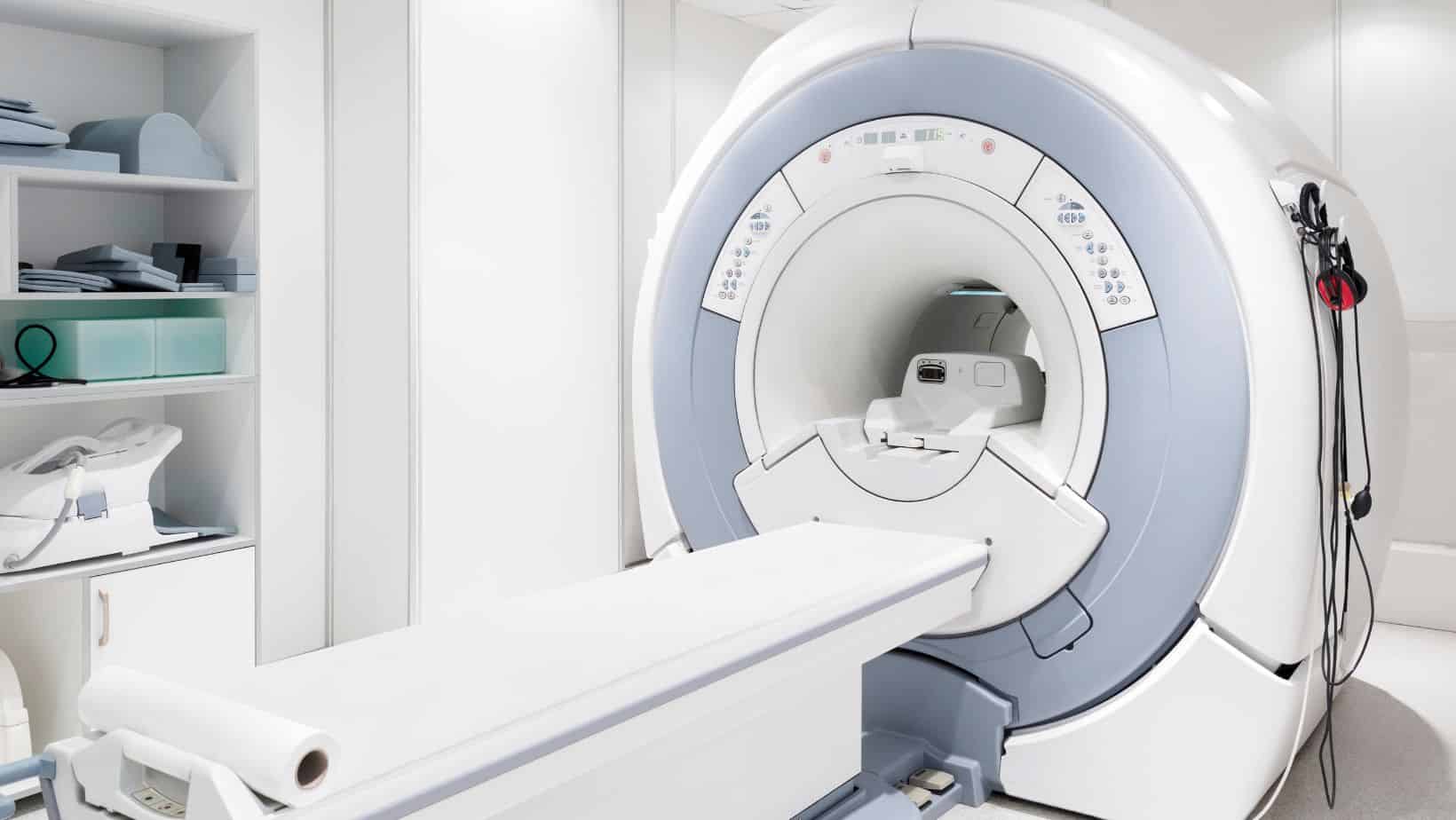Peroneal Tendon Tear
Read More >
The sinus tarsi is a small articulation on the outside of the ankle bone between two bones, the talus and calcaneus bone, that make up a joint in the ankle called the subtalar joint. The articular spacing between these two bones facilitates a small tunnel for passing through blood vessels, nerve endings, ligaments, and tendons.
An anastomosis of the sinus tarsi and tarsal canal arteries provides the vascular supply of the sinus tarsi. The extensor digitorum brevis muscle attaches to the inner and upper aspect of the sinus tarsi, crossing over the calcaneocuboid joint. The inferior extensor retinaculum lies over the lateral aspect of this space and serves as a covering over the sinus tarsi.
The structure of the sinus tarsi provides stability to the surrounding ankle joint. When overloaded through repetitive motion or trauma, this area can lead to pain and inflammation, resulting in Sinus Tarsi Syndrome.
Due to the location of the sinus tarsi, injury to the area known as Sinus Tarsi Syndrome is often confused with a lateral ligament sprain.

Sinus Tarsi Syndrome pain is located on the outside of the ankle joint. It is usually tender when palpating the Sinus Tarsi, and symptoms are aggravated by turning the foot outwards.
Low-grade swelling is often seen in the outer ankle and may be associated with some tingling or burning as the swelling compresses local nerves.
Symptoms are often exacerbated by walking on uneven surfaces, wearing unstable footwear, or running uphill. Standing for extended periods can worsen the pain or compress the area from tight shoes.
We expect the pain to ease with rest, but it can be uncomfortable if direct pressure is applied to the area.
If you have the symptoms of Sinus Tarsi Syndrome we recommend that you see a Physical Therapist, Podiatrist, or Sports Doctor for a clinical assessment, following this they may refer you for imaging to confirm your diagnosis but this is not always necessary.
Clinical tests for Sinus Tarsi Syndrome include dorsiflexing and everting the foot while palpating the sinus tarsi. If this provokes the symptoms, it is a positive test for Sinus Tarsi Syndrome.
An MRI is the most accurate form of imaging for Sinus Tarsi Syndrome. It can identify potential causes such as inflammation, osteophytes or degeneration of the joint.
This is another highly accurate form of diagnostics for Sinus Tarsi Syndrome and it is very cost effective.

Physical Therapy is the most effective form of treatment for Sinus Tarsi Syndrome. A Physical Therapist may use rigid taping or an ankle brace to help control movement at the subtalar joint to provide pain relief while KT Tape has minimal effectiveness as a form of treatment for this condition. Massage and ankle joint mobilisations may be used to reduce pain levels.
Strengthening and balance exercises alongside ankle stretches are extremely effective in addressing the biomechanical causes of Sinus Tarsi Syndrome. They can be used in addition to custom insoles or orthotics which space the sinus tarsi.
In very irritable cases, an ultrasound-guided corticosteroid injection may be carried out by a Radiographer or Sports Medicine Doctor to reduce inflammation in the Sinus Tarsi. This should be followed by a comprehensive rehabilitation protocol.
Surgery for Sinus Tarsi Syndrome is rarely required but in cases where conservative management fails, an osteotomy or arthroscopy may be recommended.
In our experience, running with Sinus Tarsi Syndrome is not recommended, especially in the acute phase of the condition when symptoms are most severe. Here’s why:
However, maintaining cardiovascular fitness is important, and there are many other low-impact exercises that you can do while you recover:
A physical therapist can conduct a running gait analysis to assess for any signs of overloading the outer ankle and suggest modifications to your running form if necessary. Advice on running shoes is an important part of the recovery process.
This article is written by James McCormack, a Lower Limb Specialist who is an expert in treating Sinus Tarsi Syndrome.
This is not medical advice. We recommend a consultation with a medical professional such as James McCormack if you are experiencing any of the symptoms discussed in this article. James offers Online Physiotherapy Appointments weekly and face-to-face appointments in his London clinic.